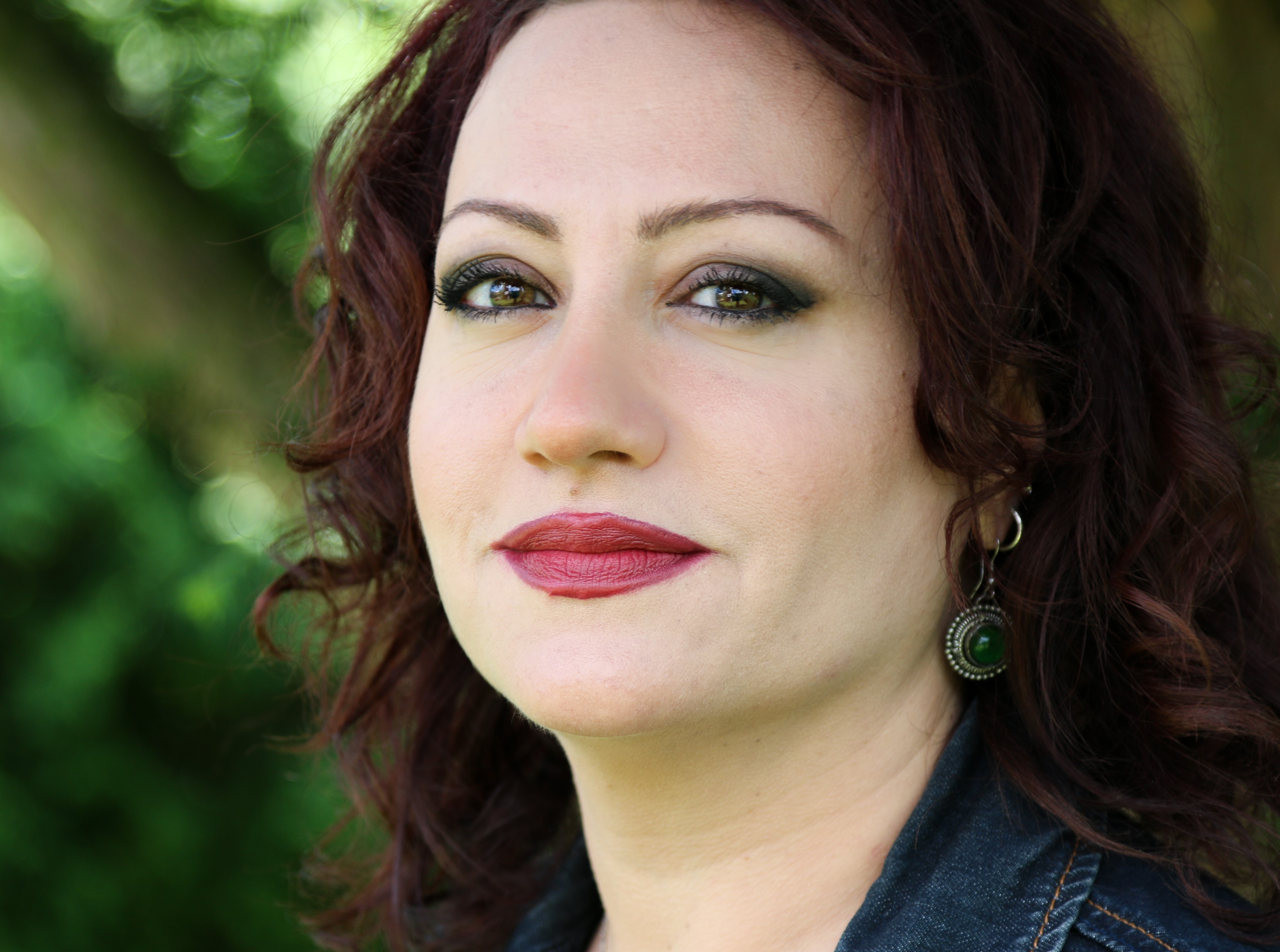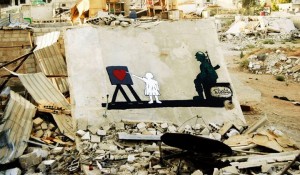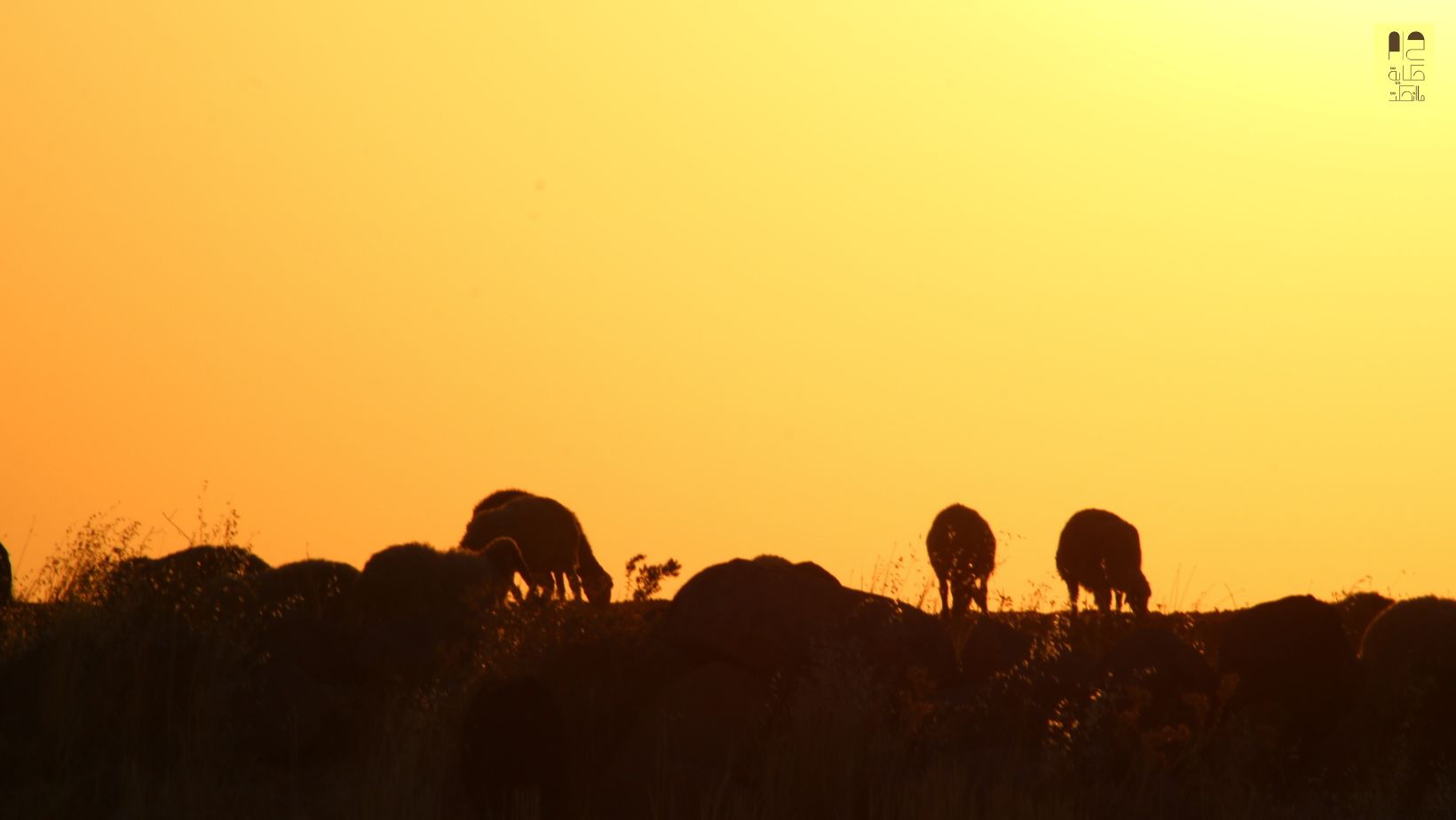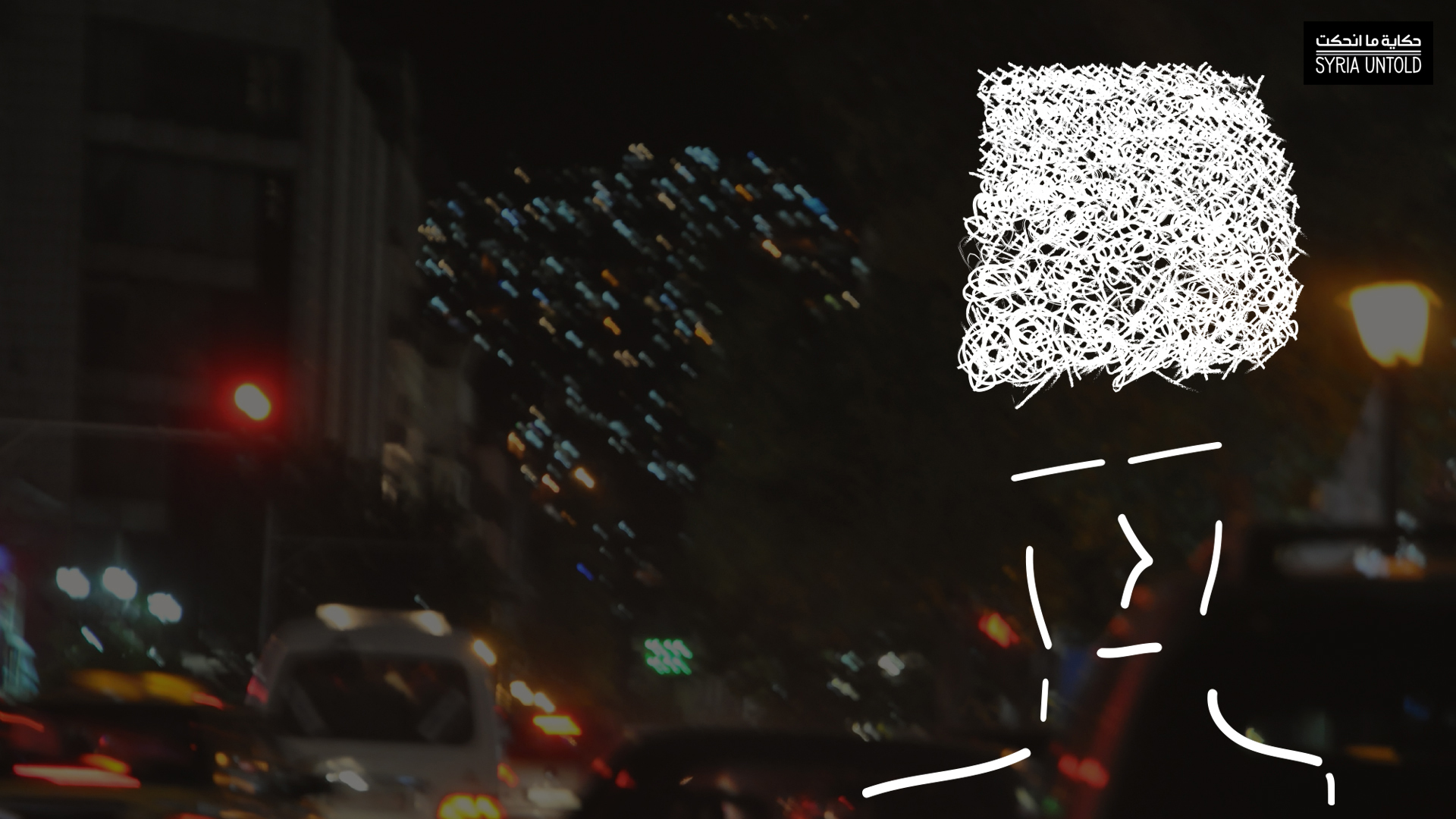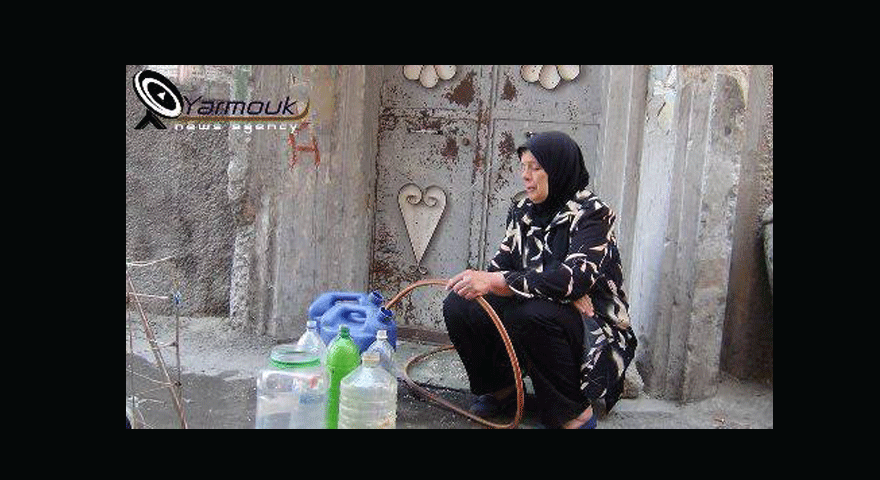In the 2021 musical film "Cinderella," produced by Columbia Pictures, the character Cinderella deviates from the typical portrayal: she is depicted as a dark-skinned girl with brown hair, aspiring to become a renowned fashion designer. With the assistance of a benevolent, dark-skinned fairy, she attends the prince's ball not to capture his attention and marry him, but to meet one of the queens present, who shares her skin tone, in hopes of becoming her personal fashion designer. Although marrying the prince holds no significance for her, he falls in love with her and ultimately chooses to renounce the throne, opting for a normal life with her, supporting her in her pursuit of becoming a globally recognized fashion designer.
In this film, it's evident that the makers aim to reinterpret the original tale, imbuing it with contrasting ideas and values, which can be described as fundamentally "feminist" or, to put it another way, instilling values of anti-racism, anti-discrimination, opposing the ideas and values that have prevailed in many human societies for centuries. It's not an exaggeration to say that it’s one of the most significant cultural acts that modern feminist schools and new critical schools alike have undertaken, whether by deconstructing folk tales and myths and addressing the mechanisms of discrimination, racism, and entrenched prejudices within them, or by dismantling entrenched language discourses.
In this context, one of the benefits of postmodernity is the reassessment of myth and folklore as a response to modernity, which has often overlooked them in favor of reason and authority. How can we anticipate a societal revolution without it being paralleled by a revolution in the language we embrace? Critic Julia Kristeva succinctly articulates the issue: "We have inherited a polluted language." (2)
How can we anticipate a societal revolution without it being paralleled by a revolution in the language we embrace?
Well, let's agree first on acknowledging that folk tales are profoundly influential on human consciousness, serving as a powerful educational tool and a mirror reflecting societal values. They are also crucial for preserving cultural heritage and reinforcing identity. While myths blend truth and fiction, offering interpretations of life and phenomena, tales anchor tradition, values, and ethics. In many societies, especially in the East, tales are employed to validate or refute opinions, often replacing logical arguments and evidence.
The connection between myth and tale runs deep. Myth embodies the collective unconscious of humanity, filled with cultural symbols tied to specific times and locations, acting as a link between personal and collective histories, much like a "living fossil." (3) The concept of the "collective unconscious," as defined in psychology by Carl Jung, refers to the reservoir of human experiences that bridges primordial archetypes and their representations. As humanity evolves towards greater consciousness, the impact of myth on societal awareness, moving from the unconscious to the conscious realm, influencing daily life and patterns of conscious thought, has become widely acknowledged.
This prompted the writer Stephen F. Walker to predict that the twenty-first century would be the era of Carl Jung, much like the twentieth century belonged to Sigmund Freud (4). Preceding this assertion, both Max Horkheimer and Theodor Adorno argued in their collaborative work "Dialectic of Enlightenment" that reason and its counterpart (i.e. myth) are not distinct but rather interconnected through an ongoing dialectic across history (5). This becomes evident when tracing the evolution of myths and tales. One of the most notable aspects of this shift is the changing dynamics between genders and the portrayal of women's roles, significance, and impact in societies that have been increasingly reinforcing patriarchal values. For instance, among numerous examples, consider the demonization of "Lilith" and her transition from being revered as the protector of the cradle and healer to embodying the malevolent "Gorgon" archetype (6). Similarly, the portrayal of "Ishtar" underwent a transformation, evolving from a revered goddess and sacred prostitute to being depicted as nothing more than a debased woman whose past is scorned by Gilgamesh (7).
Regarding folk tales, despite their oral transmission from one generation to another, with variations depending on storytellers and their contexts, they have retained their profound influence. Regarded as "myths devoid of historical context," they exert the greatest impact on children during their developmental stages, molding their awareness and constructing their ethical and value frameworks. These tales distort not only their emotional and psychological growth but also their intellectual, literary, social, and moral comprehension, imbued with values ingrained by societies and upheld as noble virtues.
This is certainly true to some extent; there is an undeniable aspect of folk tales that emphasizes noble values such as bravery, honesty, and altruism. However, another active and profound aspect reveals entrenched patriarchal, racist, and discriminatory values. These include the objectification of women, treating them as objects rather than individuals, and assigning stereotypical roles that portray them as lacking in intellect and morality, thus perpetuating their image as opportunistic temptresses. Additionally, youth and beauty of women are often contrasted with their aging and ugliness, unlike men, whose aging is revered as a path to wisdom. Beauty (in its consecrated and generalized sense), is often depicted as a virtue associated with goodness in folk tales, while ugliness is linked with evil. Treachery and deceit are commonly attributed to rebellious women, whereas obedience, submission, and compliance are upheld as virtues to emulate, especially in the portrayal of ideal wives.
Changing many of the values of folk tales is a change in some way to the collective consciousness. It can be used negatively, seeking to fragment societies' cultures, or positively to dismantle patriarchal understanding and dominance, thus liberating societies.
Changing many of the values of folk tales is a change in some way to the collective consciousness. It can be used negatively, seeking to fragment societies' cultures, or positively to dismantle patriarchal understanding and dominance, thus liberating societies. Our tales, in essence, are like engravings in stone, remaining embedded in the depths of our subconscious with the power of words and their impact, and there is no spell that can succeed except through words. As the American poet Maurice Rickheit once said: "It is said that the world is made of atoms! I say it is made of stories."
Given this, to what extent might the forthcoming adaptation of Disney's "The Little Mermaid," featuring Halle Bailey as Ariel, the mermaid, impact younger generations? Her portrayal stands as one of the few instances of princess roles featuring dark-skinned characters, not to overlook the significance of the film "The Princess and the Frog" (2009), where the black maid "Tiana" transforms into a princess.
Tales of War and Broken Love Stories
27 August 2016
In his book "Khayr al-Zad min Hikayat Shahrazad (8)," Bouali Yassin argues that storytelling held a significance in medieval Arab society akin to that of sacred books. Storytelling is a vital necessity in this society, serving as a cultural, scientific, entertaining, and educational tool. "One Thousand and One Nights" seamlessly blends history and literature, a characteristic that persists among the general populace to this day. The influence of "One Thousand and One Nights" continues to resonate with us until this day!
Before the release of the movie "Cinderella" (2021) mentioned earlier, in 2014, Disney announced its remarkable film "Maleficent," featuring Angelina Jolie and directed by Robert Stromberg. This adaptation is based on the well-known story of "Sleeping Beauty." In "Maleficent," we're presented with a fresh perspective on the tale of the villainous witch who cursed the princess to sleep for a hundred years. The witch herself has a painful backstory, rendering her a wounded, shattered, and betrayed woman. We catch glimpses of a hidden aspect of her character brimming with love, which she had long attempted to suppress. This aspect is epitomized by her personal act of awakening the princess with a kiss imbued with life/love. "Maleficent" marked a significant shift in cinema and paved the way for subsequent films, including the recent "Poor Things (9)," expected to challenge many preconceived notions adopted by many.
In one of the most captivating essays I've encountered, written by the American poet and writer Adrienne Rich for the Modern Language Association (MLA) in the late 1970s, she reflects: "Revisiting, the act of looking back, viewing with fresh eyes, approaching an old text from a new critical perspective, is for us more than just a chapter in cultural history: it is an act of survival." Rich then elaborates further in another section of the essay, stating: "We must learn to rewrite history, to perceive it through a different lens than before; not to perpetuate cultural traditions, but to dismantle their influence over us."
Notes:
(1) The Gorgons are three terrifying sisters in Greek mythology. Their hair is made of snakes, and anyone who looks at them turns to stone. Over time, this term has been used to label any woman accused by male narratives of witchcraft or sorcery, depicting her as a monstrous, ugly, and dangerous character, essentially, a Gorgon.
(2) For more, refer to: "Female Language: Papers on Discourse and Gender" by Zuleikha Abu Risha, Dar Ninawa for Studies, Publishing, and Distribution, Damascus 2009.
(3) For more, refer to the book: "Myth and Heritage," by Sayed Mahmoud Al-Qamni, Egyptian Center for Civilization Research, 3rd edition, Cairo 1999.
(4) For more, refer to the book: "Jung and the Jungians and the Myth," by Stephen F. Walker, translated by Jameel Al-Dhahak, Syrian Ministry of Culture, General Authority for Books, Damascus 2009.
(5) For more, refer to the book: "The Enlightenment Debate/Philosophical Fragments," by Max Horkheimer and Theodor Adorno, United New Book House, Beirut 2020.
(6) For more, refer to "Lilith and the Modern Feminist Movement," by Hanna Aboud, Publications of the Ministry of Culture, Damascus 2007. Also, refer to the book: "The Sacred and Sexual Love," by Philip Cambie, Dar Al-Hassad, Damascus 2002.
(7) For more, refer to the book: "Treasures of the Depths, A Reading in the Epic of Gilgamesh," by Faras Al-Sawah, 1st edition, Sumer House, Nicosia, Cyprus, Dar Al-Arabi, Damascus 1987.
(8) For more, refer to the book: "The Best Provisions from Shahrazad's Tales (A Study in the Society of One Thousand and One Nights)" by Bouali Yassin, Dar Al-Hiwar, Latakia, 1st edition, 1986.
(9) A film directed by Yorgos Lanthimos won four Oscars in the year 2024: Best Costume Design, Best Makeup, Best Production Design, and Best Leading Actress for its protagonist, Emma Stone.


